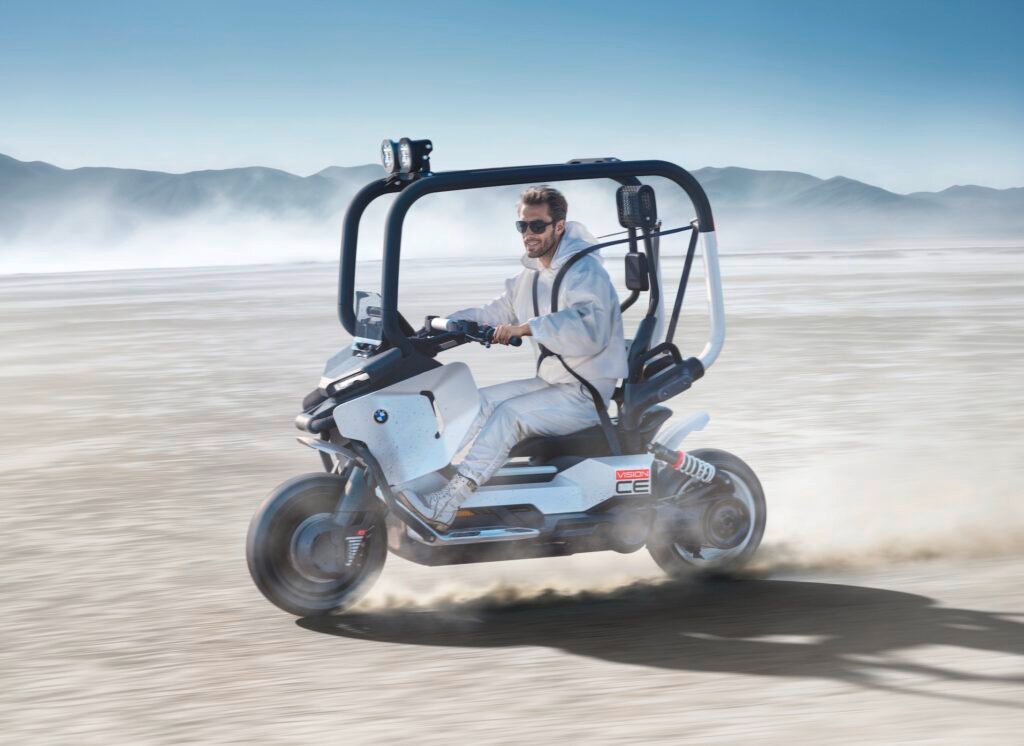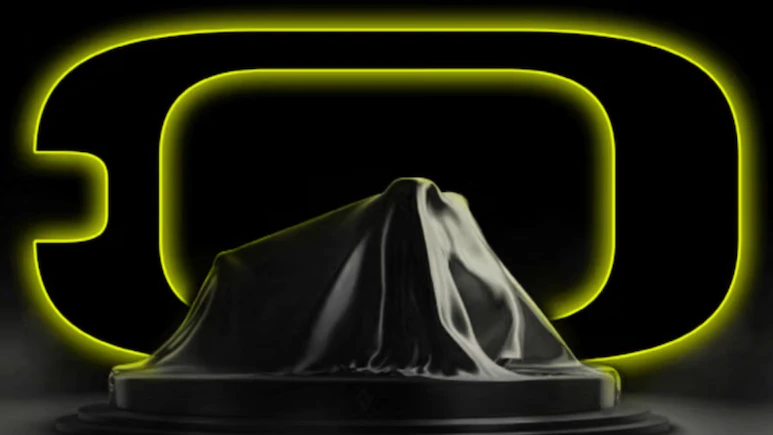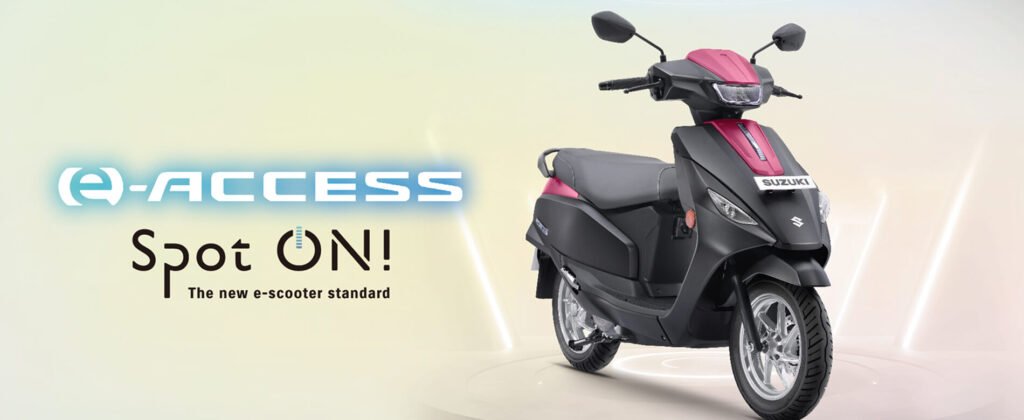At the IAA Mobility 2025 show in Munich, BMW Motorrad unveiled its latest innovation, the Vision CE, a futuristic electric scooter concept that redefines urban mobility. This self-balancing two-wheeler, inspired by the quirky BMW C1 from the early 2000s, brings a bold blend of safety, convenience, and versatility, making it a standout at the event. Based on the platform of BMW’s successful CE 04 electric scooter, the Vision CE introduces groundbreaking features that eliminate the need for helmets or protective gear, catering to both seasoned riders and beginners.
The centerpiece of the Vision CE is its innovative metal tube safety cage, which BMW refers to as a “safety cell.” This lightweight yet robust structure, combined with an integrated high-backed seat and a seatbelt system (with one iteration even featuring a race-car-style five-point harness), provides enhanced protection in case of a fall or collision. The design aims to make helmets and heavy riding gear optional, addressing one of the biggest barriers for urban commuters hesitant to adopt two-wheelers. Foam padding on the cage further enhances impact absorption, ensuring rider safety without compromising the scooter’s sleek, open aesthetic.
The Vision CE’s long wheelbase and low-slung frame, derived from the CE 04, give it a dynamic and almost futuristic look. Matte white body panels, accented with black elements and neon red highlights, create a striking visual that feels both modern and rugged, with off-road tires and auxiliary lights suggesting potential for adventures beyond city limits.
What truly sets the Vision CE apart is its self-balancing technology, a feature designed to make riding accessible to everyone, especially beginner riders. This system ensures the scooter remains stable at low speeds and can even balance itself completely when stationary, such as at traffic lights. This eliminates the wobble and balance challenges that often intimidate new riders, making the Vision CE as easy to handle as a car in urban settings. While BMW has not yet detailed the specifics of this self-balancing tech, it aligns with similar concepts explored by competitors like Honda and Yamaha, though none have reached production.
BMW envisions the Vision CE as a versatile platform for a wide range of users. The scooter’s design includes multiple mounting points for accessories, allowing it to adapt to various needs. Whether you’re a cameraman needing to carry equipment, a vendor transporting goods, or even a DJ looking to mount speakers, the Vision CE’s open cage and sturdy frame make it highly customizable. This adaptability, combined with its electric powertrain, positions it as a practical solution for emission-free urban commuting, aligning with BMW’s sustainability goals.
The Vision CE draws heavily from the BMW CE 04, a premium electric scooter already on sale and known for its blend of style and performance. With a 42-horsepower motor, a top speed of 75 mph, an 80-mile range, and an 8.9 kWh battery, the CE 04 has set a high benchmark in the electric two-wheeler market. The Vision CE is expected to offer similar performance, though its protective cage and self-balancing tech could slightly impact its dynamics. While the CE 04 is a proven sales leader, the Vision CE pushes the envelope further, reviving the safety-focused philosophy of the BMW C1, which featured a roof and seatbelt but was discontinued in 2002 due to limited market success.
While the Vision CE’s self-balancing feature and safety-focused design make it ideal for beginner riders, its premium positioning raises questions about accessibility. BMW’s electric scooters, like the CE 04 (priced at $12,195 for the base model), are not budget-friendly, and the Vision CE, with its advanced technology, is unlikely to be affordable for most new riders. However, its ease of use and innovative safety features could attract urban commuters looking for a hassle-free, eco-friendly alternative to cars, especially in bustling cities like Tokyo, Shanghai, or Berlin.



